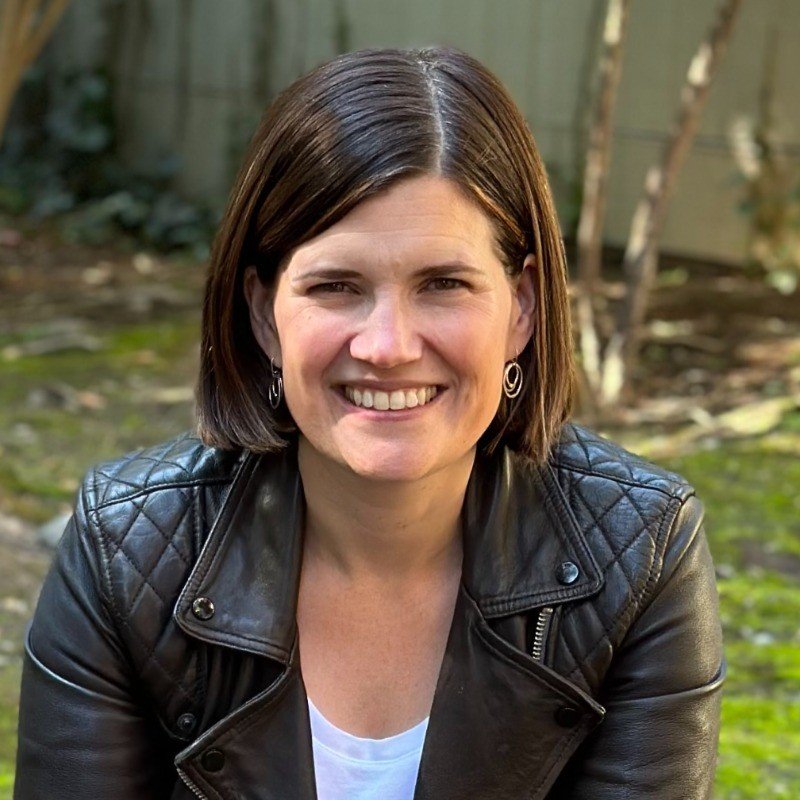Blog contribution by Jen Correa, MBA, PMP, Sr. Project Manager, Strategic Space Planning & Transition Strategy @ Stanford Medicine Children’s Health
What are some of the best templates and tools that you use in your job as a project manager? This is one of the most frequent questions that I get asked (and have asked myself!). I work as an activation project manager within a children’s hospital, and have also held project management roles within other organizations. Each organization runs projects differently; your organization may prioritize a higher or lower level of documentation. However, there are three templates that I have found to be the most helpful in enabling project continuity, favorable stakeholder & communication management and straightforward change management.
Meetings and notes log.
Documenting meetings that have taken place help tell the story of the project.
Over the course of a project, many meetings take place. We use a meetings and notes log to track all of the planning, design, construction and activation meetings. Attaching meeting notes, drawings and other documents shared before, during or after the meeting help to tell the story of what meeting attendees were presented and the actions requested of them post-meeting.
Decisions log.
Keeping decisions logged in a central location is a great way for a project team to be able to look back in time at past agreements made.
This provides a history prior to any one project team member’s tenure on the project. Our team uses this type of log and includes fields such as decision description, venue where the decision was made, the most senior executive to preside over that venue (i.e. the Senior VP was copied on the email where that decision was made and acknowledged it). Attachments of emails, meeting notes, drawings, etc. are helpful. One caveat is it sometimes can be challenging to know on the front end which decisions are significant; meeting notes and saved emails end up being the source of many of these decisions.
Change log.
Change to a project from baseline is inevitable, expensive, and may have schedule impacts.
On healthcare facility design projects, new end users and clinical leadership can join the project past its initial concept and design. It’s common for new leadership to have a different take on how they run their unit or department - leading to them to ask to change part of the project to better fit those needs. Asking the end user or project team member to reflect on their requested change, specifying what they are asking to be changed and rationale as to why, helps project team leadership evaluate the request. We have also required the submitter to acknowledge that they have discussed the change request with their department’s director to support internal coordination.
With these three templates, you can: give a more holistic history of the project’s evolution, provide project continuity, and better orient stakeholders and end users to the project, resulting in a more organized project team which increases the odds of satisfied stakeholders. I highly recommend that you bring these templates to use on your next project.
Note: our organization uses a specific online software-as-a-service which allows features such as a centralized repository that can be edited by multiple users, forms that can be filled-out by users, and automated workflows to support our project documentation.
Blog contribution by Jen Correa, MBA, PMP, Sr. Project Manager, Strategic Space Planning & Transition Strategy @ Stanford Medicine Children’s Health
Jen works as Project Manager within the Strategic Space Planning and Transition Strategy department at Lucile Packard Children's Hospital, managing activation projects for our pediatric hospital, as well as working on space planning & moves.

